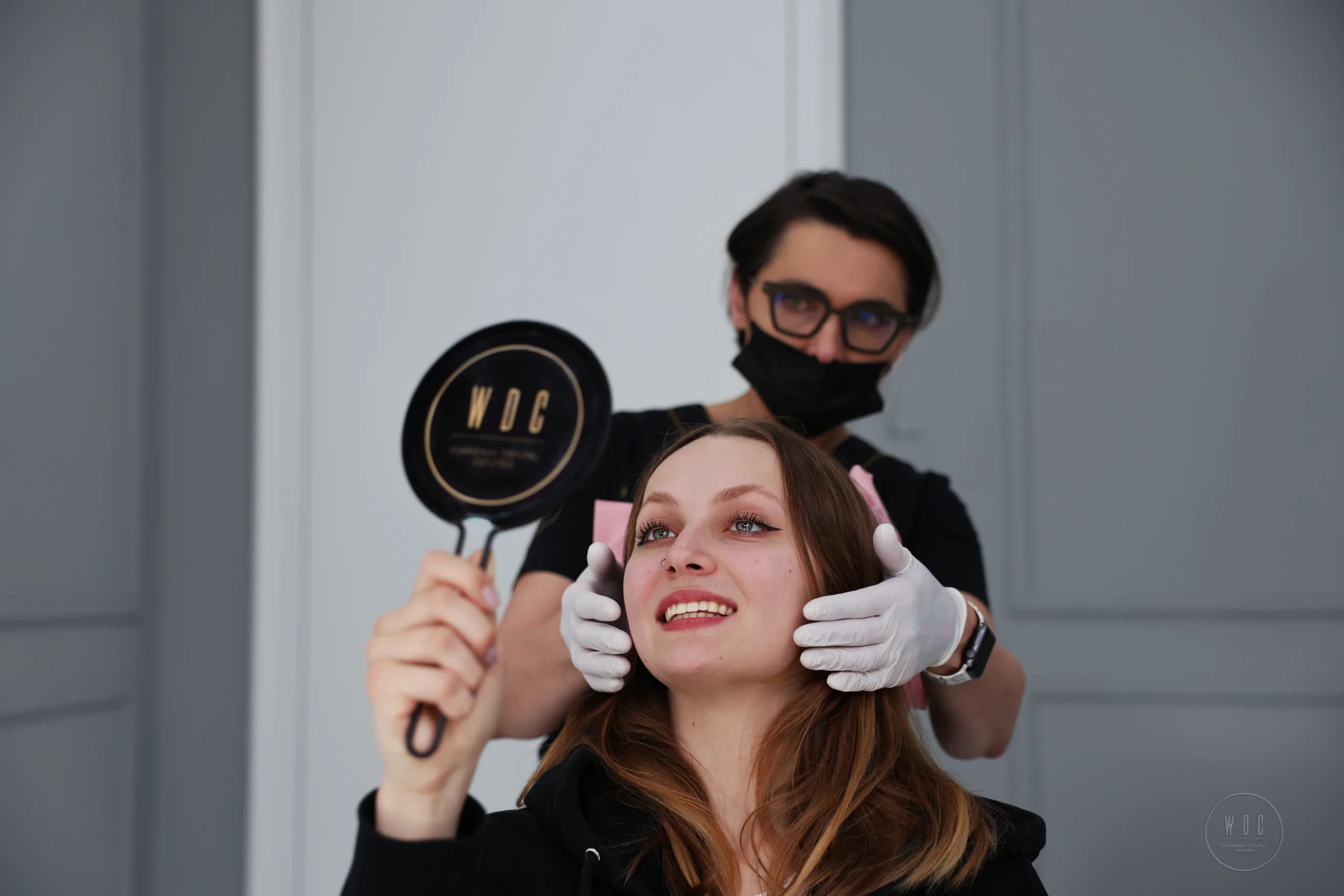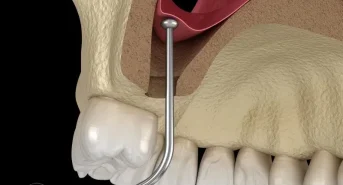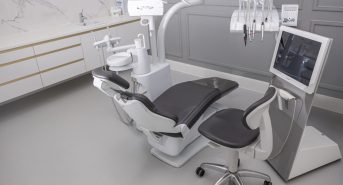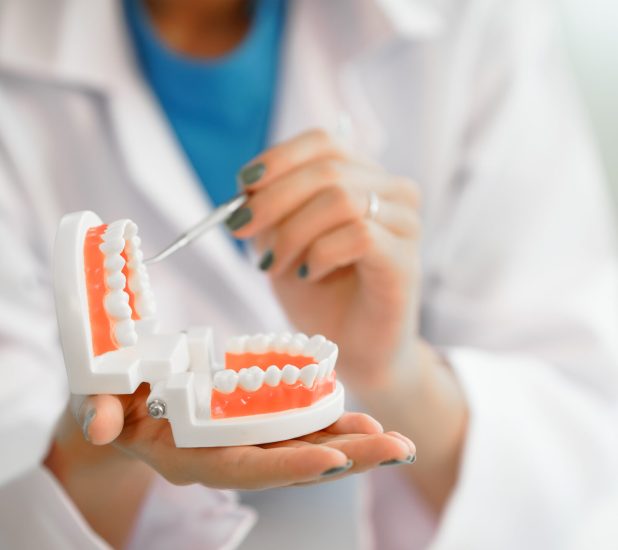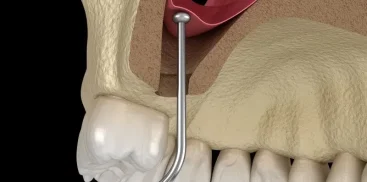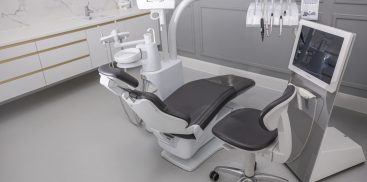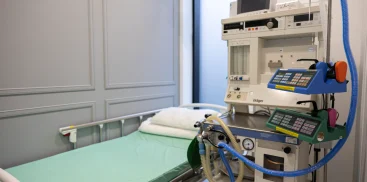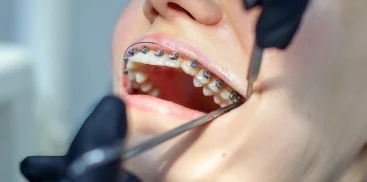Tooth bonding is one of the most popular dental procedures for improving the aesthetics of a smile. It is a quick and painless method to repair minor tooth damage and enhance their appearance. Below we answer the most frequently asked questions about bonding to help you better understand this procedure and its benefits.
What is tooth bonding?
Tooth bondingis a procedure in which a composite resin material is applied to the tooth surface. The dentist then sculpts the material to cover imperfections such as cracks, discolorations, or gaps between the teeth. Bonding can also be used to lengthen or reshape a tooth.
What are the benefits of tooth bonding?
The benefits of tooth bonding include:
– Speed – The procedure typically takes 30 minutes to 1 hour per tooth.
– Painless – Bonding does not require anesthesia as it does not deeply interfere with the tooth structure.
– Cost– The cost of tooth bonding is lower than other aesthetic treatments, such as veneers or crowns.
Is tooth bonding durable?
Yes, but the durability of tooth bonding depends on several factors. With proper oral hygiene and regular dental check-ups, bonding can last between 3 to 10 years. Composite material is less durable than porcelain, so it may discolor or become damaged if not properly cared for.
How much does tooth bonding cost?
The cost of tooth bonding varies depending on the location and scale of the procedure. On average, in Poland, the cost ranges from 300 to 600 PLN per tooth. In high-end dental clinics, the price may be higher due to the quality of materials used and the dentist’s experience.
How long does tooth bonding take?
Tooth bonding is a relatively quick procedure, taking 30 minutes to 1 hour per tooth. The time depends on the size of the surface that needs repair and the number of teeth being bonded.
Is tooth bonding painful?
No, tooth bonding is a painless procedure. In most cases, it does not require anesthesia unless larger cavities or tooth reconstruction are needed.
What are the indications for tooth bonding?
Bonding is ideal for individuals who want to improve the appearance of their teeth without invasive procedures. The most common indications include:
– Discoloration that cannot be removed with whitening
– Cracks or chips in the teeth
– Small gaps between teeth
– Changing the shape or length of teeth
– Repairing worn-down enamel
What are the limitations of tooth bonding?
While tooth bonding has many advantages, there are some limitations. The composite resin used in bonding is not as stain-resistant as porcelain, so it may discolor over time. Additionally, bonding is not as durable as porcelain veneers, meaning it may require more frequent repairs.
How should you care for teeth after bonding?
To keep your tooth bonding in good condition, it’s recommended to:
– Avoid consuming foods and drinks that can stain, such as coffee, tea, or red wine.
– Brush your teeth regularly with a soft-bristle toothbrush and use low-abrasion toothpaste.
– Avoid biting on hard objects like nuts, pencils, or nails, which could damage the bonding.
– Visit your dentist regularly for check-ups to monitor the condition of the composite.
Can bonding be done on front teeth?
Yes, tooth bonding on front teeth is a popular method to improve the aesthetics of a smile. Bonding allows for correcting the shape, color, and damage of front teeth, making the smile look more attractive.
What are the differences between bonding and veneers?
Tooth bonding and veneers differ in terms of material and durability. Veneers are thin porcelain shells that are more durable and resistant to stains than the composite resin used in bonding. On the other hand, tooth bonding is a cheaper and less invasive procedure, though it may require more frequent repairs.
Conclusion
Tooth bonding is a quick, painless, and relatively affordable method to improve the appearance of teeth, available in many dental clinics. With modern composite materials, it’s possible to repair cracks, discolorations, or gaps between teeth in an aesthetic and comfortable manner. If you’re considering tooth bonding, consult dr Natalia Rogulska at Warsaw Dental Center to see if this procedure is right for you.
